In December I hatched my first ever BYM chicks. One chick was by my red Orp roo and out of a SLW hen. The chick was born with yellow down, which meant that it was a boy (which it is) and it has a Wyandotte comb.
Last week I hatched 2 eggs from a different SLW hen. Same roo. These 2 chicks are light brown/tan, which should mean they are female. However, they are presenting as more likely male than female (from my own personal “sexing experiment” which I know isn’t 100% accurate). But I also noticed they look to have straight combs (although it is very early). I was of the impression that the rose comb was dominant, and the offspring would definitely have a rose comb if the hen did. So I’m a little confused.
I’ve had this particular Wyandotte for 3 years and she lays really distinct eggs, so I’m pretty confident that they are in fact her eggs. Am I just jumping the gun on trying to determine sex, or does something seem amiss? I guess what I’m asking is… am I correct in that these chicks should be sex linked and tan = girl? Am I correct in expecting that they would have a rose comb if their mama did? Do you think they they have straight or rose combs?
The first 3 pics show Grenadine, the next 3 show Shirley Temple. Christmas pic shows my December-hatched chick who is clearly lighter and clearly has a rose comb and is a cockerel. Last pic shows my 2 SLW hens. The December chick is out of the younger hen on the right (Morticia) and both darker chicks are out of Maleficent on the left.
Last week I hatched 2 eggs from a different SLW hen. Same roo. These 2 chicks are light brown/tan, which should mean they are female. However, they are presenting as more likely male than female (from my own personal “sexing experiment” which I know isn’t 100% accurate). But I also noticed they look to have straight combs (although it is very early). I was of the impression that the rose comb was dominant, and the offspring would definitely have a rose comb if the hen did. So I’m a little confused.
I’ve had this particular Wyandotte for 3 years and she lays really distinct eggs, so I’m pretty confident that they are in fact her eggs. Am I just jumping the gun on trying to determine sex, or does something seem amiss? I guess what I’m asking is… am I correct in that these chicks should be sex linked and tan = girl? Am I correct in expecting that they would have a rose comb if their mama did? Do you think they they have straight or rose combs?
The first 3 pics show Grenadine, the next 3 show Shirley Temple. Christmas pic shows my December-hatched chick who is clearly lighter and clearly has a rose comb and is a cockerel. Last pic shows my 2 SLW hens. The December chick is out of the younger hen on the right (Morticia) and both darker chicks are out of Maleficent on the left.
Attachments
-
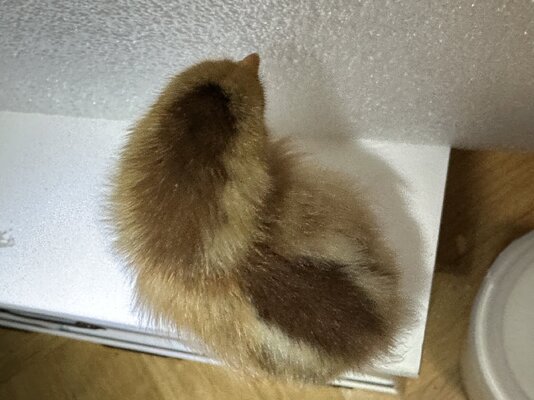 D085AD85-757F-4F6F-9436-2CD44056869D.jpeg430 KB · Views: 34
D085AD85-757F-4F6F-9436-2CD44056869D.jpeg430 KB · Views: 34 -
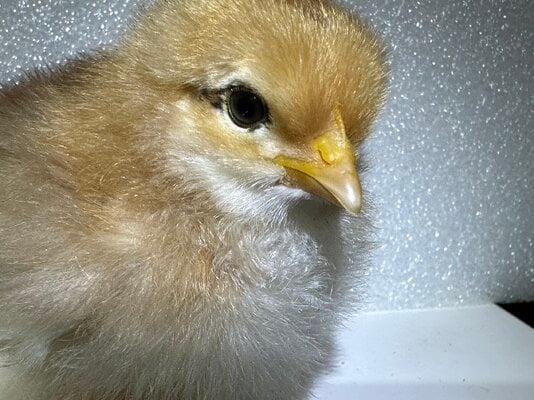 8465C0AE-969A-4939-8FCB-B0C66EB91B37.jpeg552 KB · Views: 6
8465C0AE-969A-4939-8FCB-B0C66EB91B37.jpeg552 KB · Views: 6 -
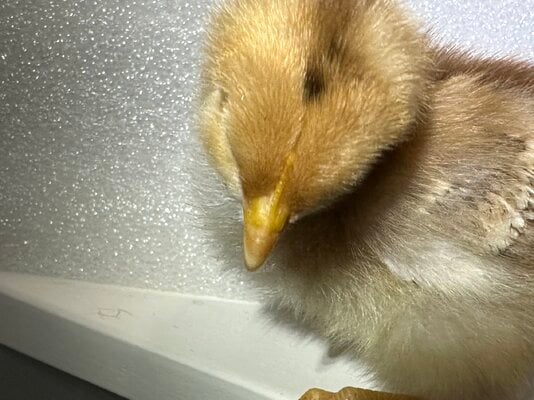 4F5A10E0-7D67-42CC-AB60-34E503BA3DF1.jpeg422.2 KB · Views: 7
4F5A10E0-7D67-42CC-AB60-34E503BA3DF1.jpeg422.2 KB · Views: 7 -
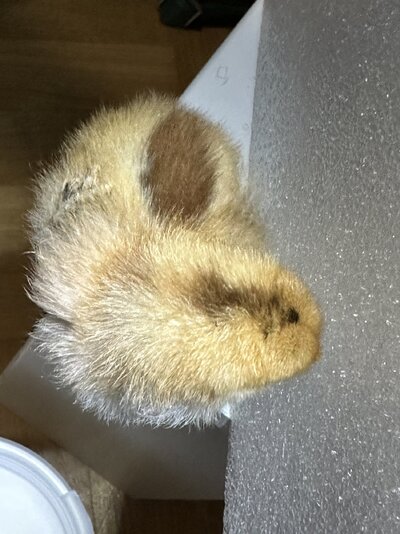 63CFD36A-F7CA-470A-A215-AC91D85FA570.jpeg453.1 KB · Views: 7
63CFD36A-F7CA-470A-A215-AC91D85FA570.jpeg453.1 KB · Views: 7 -
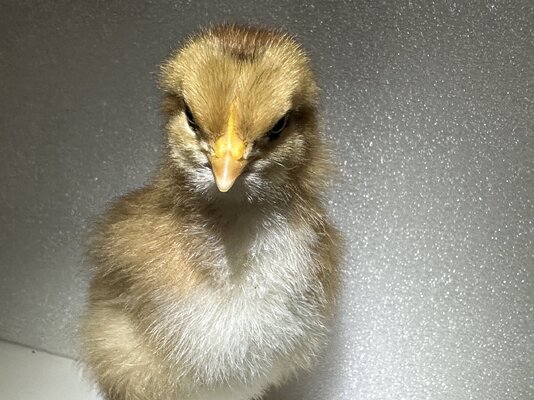 27BD1CB8-9321-443D-80CD-EF3FBD104DCE.jpeg526.9 KB · Views: 6
27BD1CB8-9321-443D-80CD-EF3FBD104DCE.jpeg526.9 KB · Views: 6 -
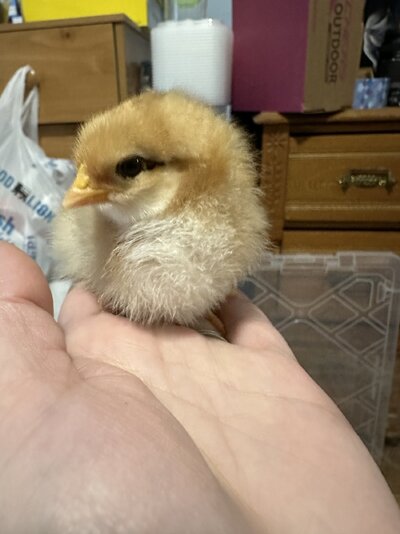 EFC27E2B-A957-4B68-A863-D5480A06DFC9.jpeg279.8 KB · Views: 9
EFC27E2B-A957-4B68-A863-D5480A06DFC9.jpeg279.8 KB · Views: 9 -
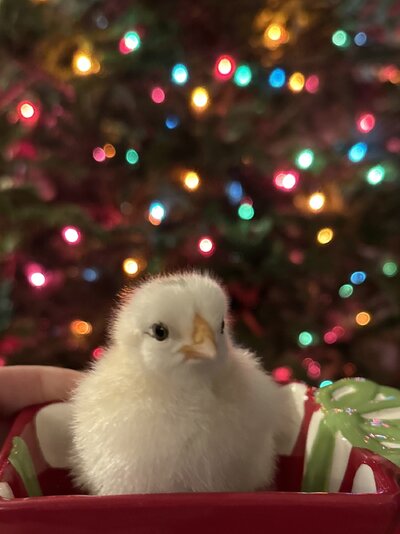 17B79E65-9E98-4B8A-8182-81FC3F51DF09.jpeg327 KB · Views: 10
17B79E65-9E98-4B8A-8182-81FC3F51DF09.jpeg327 KB · Views: 10 -
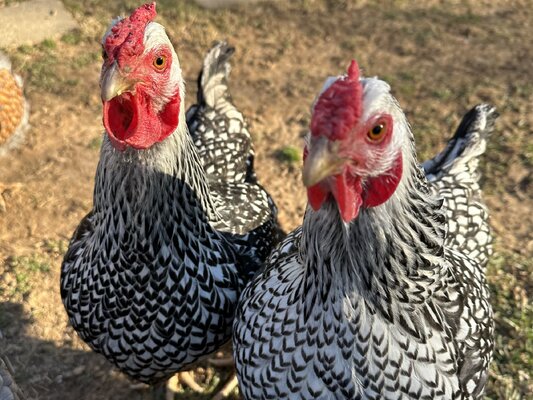 95AE4E03-79B8-48AC-AF04-8B40A4B8F6EC.jpeg573 KB · Views: 9
95AE4E03-79B8-48AC-AF04-8B40A4B8F6EC.jpeg573 KB · Views: 9



 I'd be interested in seeing your results, too!
I'd be interested in seeing your results, too!